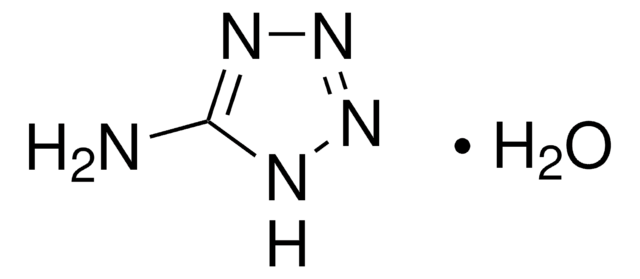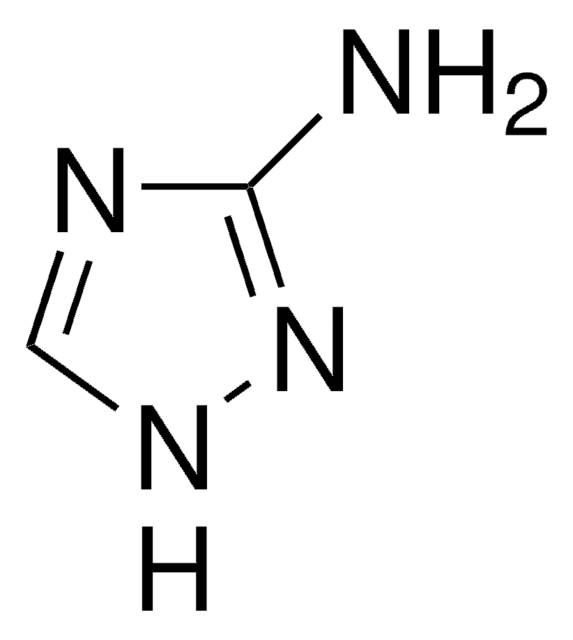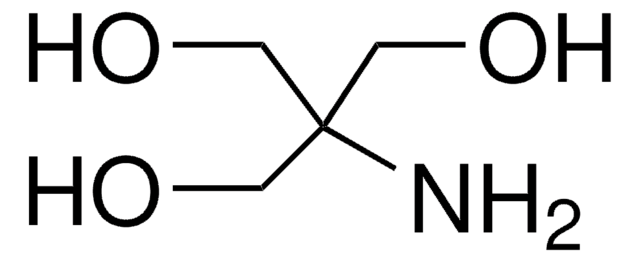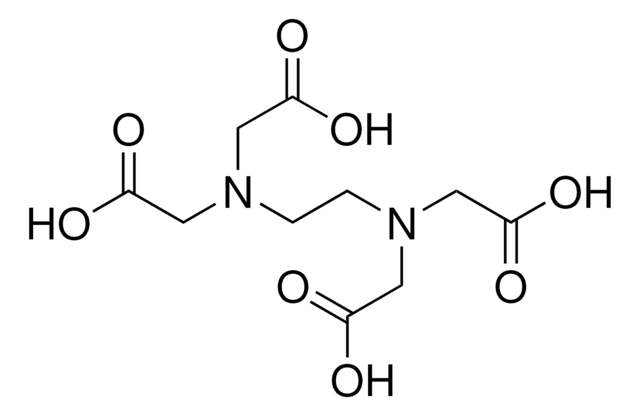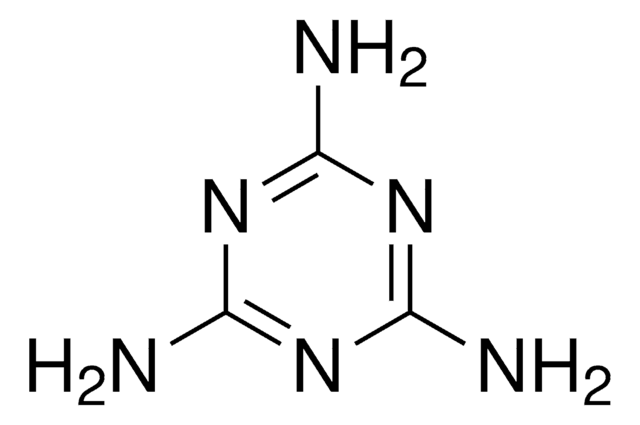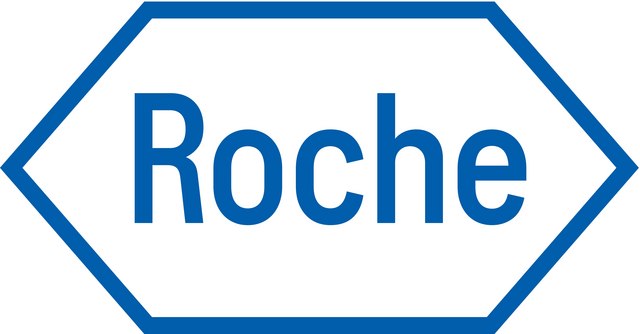AGRLE-RO
Roche
Agarose LE
low electroendosmosis
Synonym(s):
agarose
Select a Size
CN¥2,546.99
Estimated to ship onApril 07, 2025Details
Select a Size
About This Item
CN¥2,546.99
Estimated to ship onApril 07, 2025Details
Recommended Products
biological source
algae (seaweed)
form
powder
packaging
pkg of 100 g (11685660001)
pkg of 500 g (11685678001)
manufacturer/tradename
Roche
EEO
0.05 -0.13
transition temp
gel point 36 °C ±1.5
gel strength
>=2,500 g/cm2
foreign activity
Dnase, none detected
Rnase, none detected
shipped in
ambient
storage temp.
20-25°C
1 of 4
This Item | AGRMPRO | A6013 | A0576 |
|---|---|---|---|
| gel strength >=2,500 g/cm2 | gel strength - | gel strength ≥1200 g/cm2 (1% gel) | gel strength ≥1800 g/cm2 (1% gel), ≥3200 g/cm2 (1.5% gel) |
| EEO 0.05 -0.13 | EEO - | EEO 0.09-0.13 | EEO ≤0.12 |
| transition temp gel point 36 °C ±1.5 | transition temp - | transition temp gel point 36 °C ±1.5 °C (1.5% gel) | transition temp gel point 36 °C ±1.5 °C (1.5% gel) |
| foreign activity Dnase, none detected, Rnase, none detected | foreign activity - | foreign activity - | foreign activity - |
| biological source algae (seaweed) | biological source algae (seaweed) | biological source algae (Gelidium & Gracilaria) | biological source - |
General description
Application
- analyzing fragments between 0.2 and 15 kb
- analysis of PCR products[2]
- examination of restriction endonucleases
- digests of plasmid, cosmid, and λ phage DNA
- electrophoresis of RNA in, e.g., denaturing gels containing formaldehyde
- in combination with ethidium bromide in DNA electrophoresis to facilitate the separation and visualization of DNA fragments.[3]
Important Note: Detection with nonradioactive probes e.g., digoxigenin-labeled nucleic acids, does not interfere with the use of Agarose LE.
Quality
Absence of RNase: none detected according to the current Quality Control procedures.
Other Notes
Storage Class Code
11 - Combustible Solids
WGK
WGK 1
Flash Point(F)
does not flash
Flash Point(C)
does not flash
Choose from one of the most recent versions:
Already Own This Product?
Find documentation for the products that you have recently purchased in the Document Library.
Seropositive Stages in HIV-1 Infected Patients in North India.
Our team of scientists has experience in all areas of research including Life Science, Material Science, Chemical Synthesis, Chromatography, Analytical and many others.
Contact Technical Service